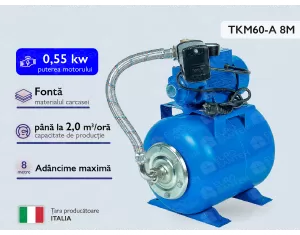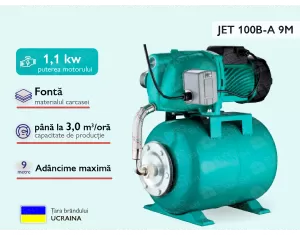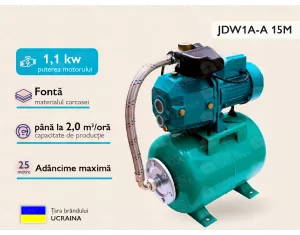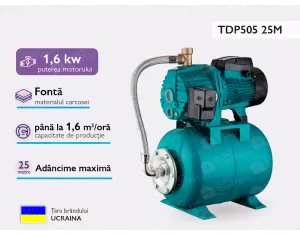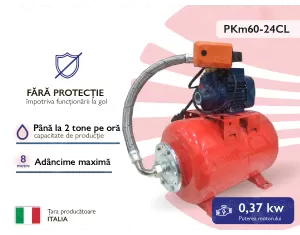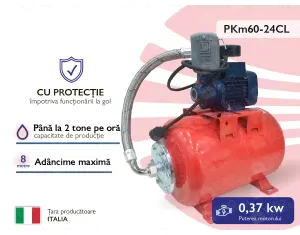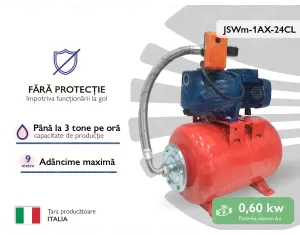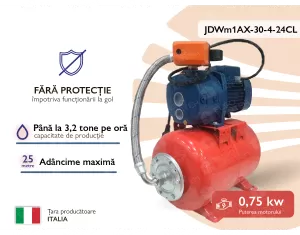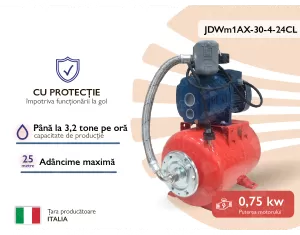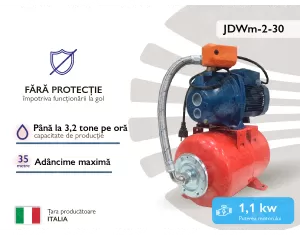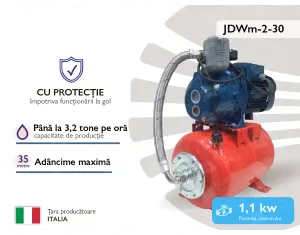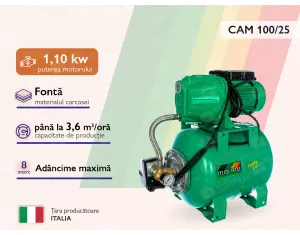Pumping stations, hydrophores
Pumping stations and hydrophores play a crucial role in ensuring a reliable and efficient water supply across various applications. These essential components are integral to managing water distribution, providing consistent pressure, and optimizing fluid transport in both residential and industrial settings.
Pumping Stations:
Definition: A pumping station, also known as a pump station, is a facility equipped with pumps and associated control systems designed to move water from one location to another. These stations are strategically positioned within water distribution networks to overcome elevation differences and ensure the continuous flow of water.
Applications: Pumping stations are employed in various scenarios, including municipal water supply systems, wastewater treatment plants, agricultural irrigation, and industrial processes. Their versatility makes them indispensable for maintaining adequate water pressure and distribution in areas with varying terrain or distance from water sources.
Components: Pumping stations typically consist of pumps, control valves, pipelines, and monitoring systems. The pumps are the workhorses, responsible for lifting and transporting water, while control systems regulate the flow and pressure, ensuring optimal performance.
Hydrophores:
Definition: A hydrophore, short for hydro-pneumatic pressure booster system, is a compact unit incorporating a pump and a pressure vessel. Its primary function is to maintain a consistent water pressure within a closed system, such as a building or a ship.
Operation: Hydrophores operate on a simple yet effective principle. When water pressure drops below a preset level, the pump activates to replenish and pressurize the system. The pressure vessel acts as a buffer, allowing for immediate water delivery upon demand without the pump starting and stopping constantly.
Applications: Hydrophores find applications in various sectors, including residential buildings, commercial complexes, and marine vessels. They ensure a reliable supply of pressurized water for domestic use, firefighting systems, and other applications where consistent water pressure is critical.
Benefits of Pumping Stations and Hydrophores:
Reliability: Both pumping stations and hydrophores contribute to the reliability of water supply systems. Pumping stations ensure water reaches its destination, overcoming geographical challenges, while hydrophores maintain consistent pressure for immediate access.
Efficiency: These systems enhance the efficiency of water distribution by optimizing pressure and flow. Pumping stations enable the transportation of water over long distances, and hydrophores prevent pressure fluctuations within closed systems.
Versatility: Pumping stations adapt to various environments and applications, from municipal water supply to industrial processes. Hydrophores are versatile solutions for maintaining stable water pressure in diverse settings, including buildings and marine vessels.
Conclusion: Enhancing Water Infrastructure with Pumping Stations and Hydrophores
In conclusion, pumping stations and hydrophores are integral components of water infrastructure, ensuring the reliable and efficient distribution of water across different sectors. Their ability to overcome geographical challenges, maintain pressure, and provide immediate access to water makes them indispensable for meeting the diverse needs of modern society.
